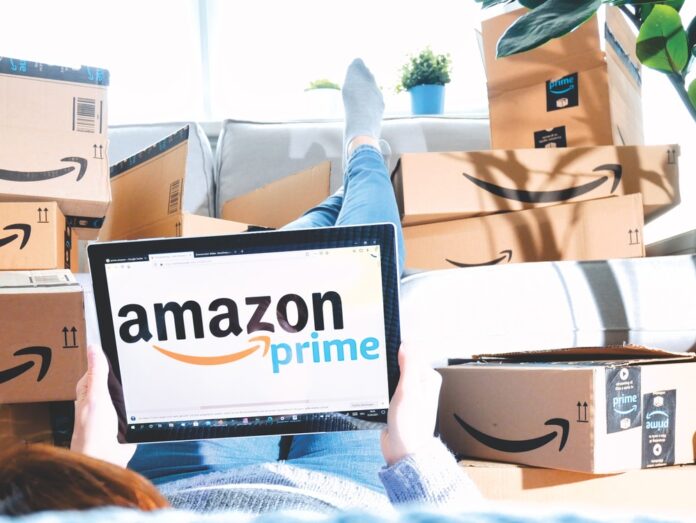What This Means for Brands and How to Navigate the Transition
In September of 2024, Amazon delivered a major shake-up to its vendor network, announcing it would be discontinuing Vendor Central accounts for thousands of brands. This major change was communicated via mass email with no prior warning, leaving many brands in a difficult position.
The move, according to Amazon, is part of a strategic initiative to reduce the management and logistical resources being used to service smaller vendor accounts. The cut primarily impacts brands with annual sales below $10 million in the U.S., with the changes scheduled to take effect on November 9.
As this shift comes in the middle of the busiest sales period of the year, smaller vendors now face the challenge of overhauling their Amazon strategies. With the Vendor Central model (1P) being phased out for these accounts, many affected brands are left scrambling to adapt. While Amazon has recommended that these vendors open Seller Central (3P) accounts, the transition is more complex than simply flipping a switch. It requires navigating new responsibilities and adopting new strategies to thrive in the Seller Central environment.
The disruption of this announcement highlights the danger of relying solely on Amazon’s infrastructure and guidance for success on the platform. Clearly, there is immense value in partnering with an expert Amazon marketing team, like Accelerazon, which specializes in this type of 1P to 3P transition and can ensure that this shift is handled smoothly and efficiently.
The Impact of Transitioning from Vendor to Seller for Brands
Amazon’s decision to revoke Vendor Central access comes at a critical time for eCommerce businesses. With Q4 fast approaching—one of the most lucrative sales seasons—it’s challenging for many smaller brands to shift gears quickly.
The Vendor Central model has long provided vendors with a convenient, wholesale-based approach, where Amazon itself handles much of the heavy lifting, including logistics, inventory management, and customer service. However, this reliance on Amazon also brings significant drawbacks.
Vendors in the 1P model often have limited control over their pricing, inventory, and overall brand strategy. Amazon dictates the terms, choosing how much inventory to purchase and setting pricing that may not align with the brand’s goals. For example, brands often face frustrations with Amazon’s aggressive discounting tactics, which can undermine a brand’s premium positioning, which erodes profit margins, and angers other partners.
In contrast, the Seller Central (3P) model requires vendors to take on these responsibilities themselves, which, while more challenging initially, offers greater flexibility and control. Sellers are now tasked with managing their own listings, inventory planning, fulfillment, and customer service.
For many, this represents a steep learning curve, particularly as they are faced with navigating these complexities during the Q4 holiday rush. For these brands, time is of the essence.
The Upside of Transitioning to a 3P Seller Central Model
While the transition may seem daunting, the shift to Seller Central (3P) opens up significant opportunities for brands that are willing to adapt. There are several key benefits to making this change, which can lead to greater profitability and autonomy in the long run.
Firstly, brands gain full control over their brand direction. Unlike the 1P model, where Amazon dictates pricing and has the final say on how products are listed and promoted, the 3P model empowers brands to take ownership of their product pages. This autonomy allows brands to fine-tune their listings to better reflect their messaging, create detailed enhanced brand content to tell their story, and optimize their advertising strategies to reach their ideal customers.
Secondly, pricing and inventory management are in the hands of the brand. No longer dependent on Amazon’s purchasing decisions, sellers can control their pricing strategies to maximize profit. They can also adjust inventory levels based on demand, without being subject to Amazon’s fluctuating orders. In Seller Central, brands can leverage data to better forecast demand and fine-tune their inventory planning for greater operational efficiency.
Additionally, transitioning to Seller Central opens up new profit maximization opportunities. Brands can now choose how to handle fulfillment, opting to either use fulfillment by Amazon, which handles warehousing and shipping, or third-party logistics providers, which may offer lower costs.
This flexibility allows brands to compare different fulfillment options and choose the one that maximizes profit margins. Moreover, without the restrictions of Vendor Central agreements, sellers have more options for bundling products, offering promotions, and tapping into niche markets.
A move to Seller Central also means a direct relationship with customers. Brands can gather valuable customer data and insights, allowing them to build stronger, longer-lasting relationships with their audience. This level of engagement and control is something many vendors miss out on in the 1P model.
Navigating the Future
While Amazon’s decision to cut Vendor Central accounts may feel abrupt, especially at this time of year, it also presents a valuable opportunity for brands to reassess and restructure their relationship with the platform. It’s no secret that Amazon can be callous in its business decisions, and the lack of advance notice for this transition has left many brands frustrated.
However, with the right strategy and expert guidance, brands can turn this challenge into a growth opportunity. Moving to Seller Central not only provides more control but also positions brands for long-term success on Amazon by reducing their reliance on Amazon’s wholesale model and giving them the tools to drive their own growth.
Brands affected by this change should take immediate steps to prepare. Partnering with specialists like Accelerazon, who have extensive experience in 1P to 3P transitions, can help ensure that the migration is smooth and that your brand is set up for long-term success.
In summary, while Amazon’s decision to cut Vendor Central accounts may seem like a roadblock for smaller brands, it also presents an opportunity to gain more control over pricing, inventory, and brand strategy. By embracing the change and leveraging the right tools and partnerships, brands can find themselves in an even stronger position within Amazon’s ecosystem.
Find a Home-Based Business to Start-Up >>> Hundreds of Business Listings.














































